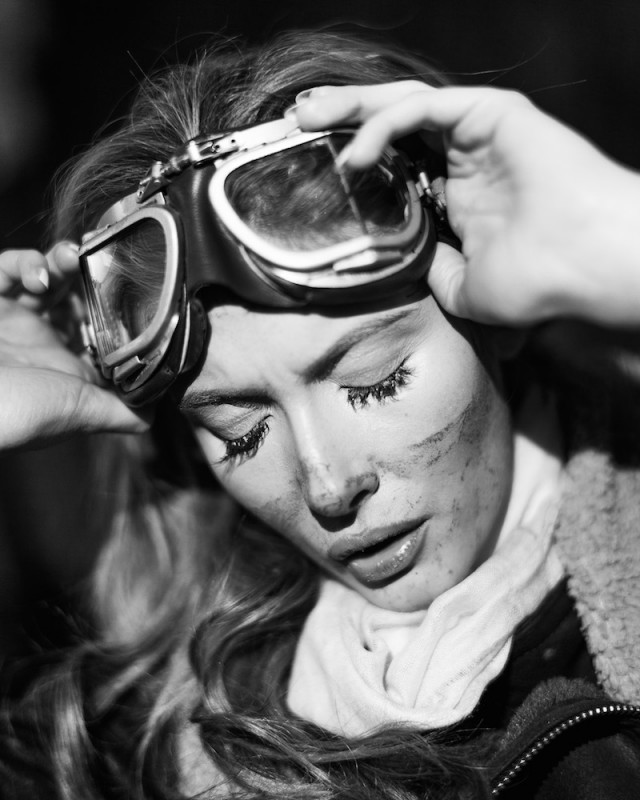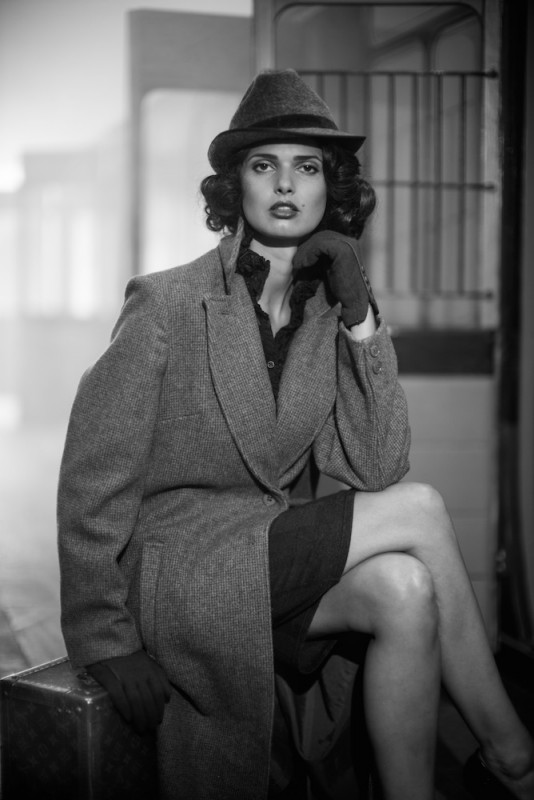In his pictures, the English photographer John Tuckey captures the beauty of a bygone era. We talked with him about nostalgia, his love of black and white aesthetics, and his style of photography.
LFI: How and when did you get into photography and, above all, into Leica?
John Tuckey: Well I didn’t get into photography until 2013, almost by accident. A friend, who had previously been an amateur photographer, had split up with his partner. In a bid to cheer him up, I suggested we do some photography trips. We visited old buildings, exhibitions, vintage shows – the usual subjects for amateur photographers. As a result, I got the bug.
Then two things happened: firstly, I found Leica – again almost by accident. My first camera was a Canon DSLR and I hated it. Too big and too many buttons. My second was a Panasonic M4/3 (then Olympus) which was too fiddly and, again, too many buttons! Then, one day a professional photographer I know suggested I might be better off with a Leica. I started with a second-hand X1, then an M8, followed by an M9 and an M7, and then the M Monochrom. I currently use an M-P 240. These days I can’t imagine using anything else. Secondly, I started to become unsatisfied with ‘finding’ things to photograph. I had mental images that would need to be ‘made’ rather than ‘found’. So I then set about learning how to make them, and then, more importantly, how they used to make them. Very quickly everything I did with my camera revolved around this. When you look at my work from 2013 to 2019 you are really looking at a learning experience – one I suspect will never end!
How do you prepare your shoots? Do you decide what the setting and styling should look like or do the ideas emerge in a joint conversation with the model?
I have a list of ideas and usually have a concept in mind long before I hire a model. My list of ideas is becoming increasingly ambitious, which is slowing down my output! There are models and makeup artists that I work with regularly, particularly if I want to experiment with something new. This type of work can be painstaking, so it’s much easier working with people you know well.
You work exclusively in black and white portrait and beauty photography. What is it that draws you to a monochrome aesthetic?
I have always enjoyed monochrome. I fell in love with old black and white movies as a child in the 1970s. Like many others, I identify black and white with a bygone era – an age we associate with glamour and romance as much as the tragedy of war. I feel the use of black and white triggers a sensory association, a type of ‘sense memory’. Consciously choosing black and white, and using a certain light or a particular costume detail, you can engage the viewer to suspend disbelief and claim a wisp of the elegance of that era for yourself. I think the choice is – in many ways – a rejection of the modern world and its sensibilities, which today are too often impersonal, brash, tawdry and gaudy.
John Tuckey caught the attention of the editors in the LFI Gallery.
John Tuckey+-
Made in England in 1973. Art school drop-out and latecomer to photography with a passion for the glamour of a bygone era. More





